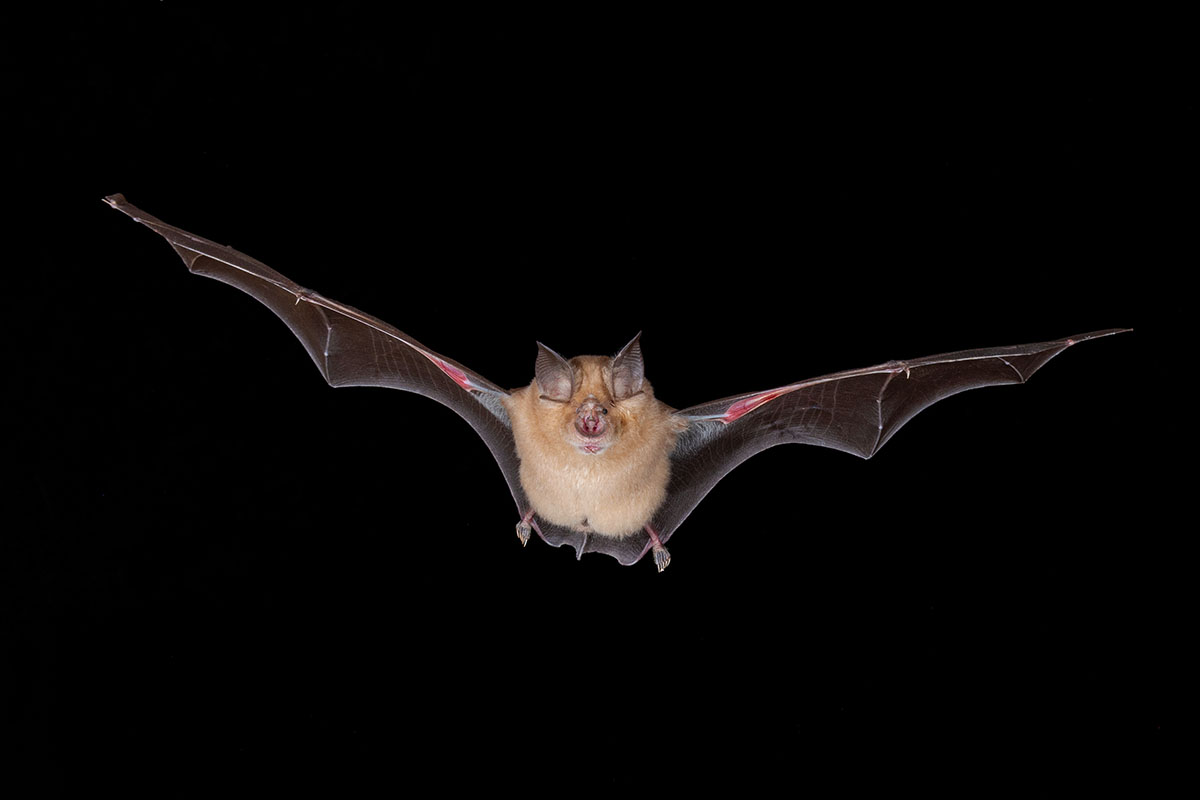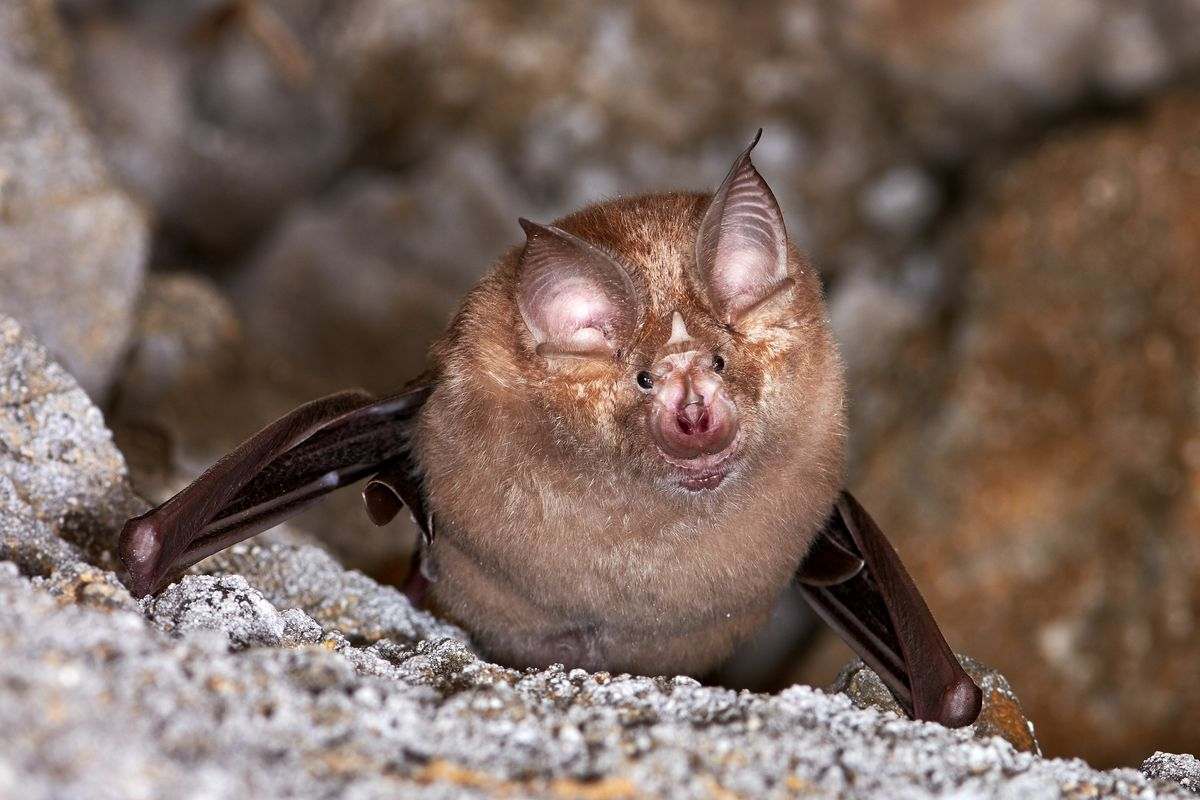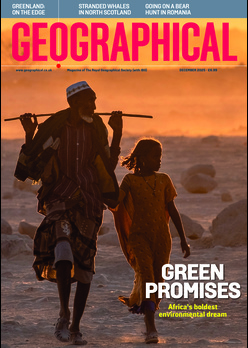
Research suggests bats in Britain are increasing in population
By
Britain’s bat populations are showing signs of recovery, according to the recently published annual report from the Bat Conservation Trust’s National Bat Monitoring Programme. The latest results from the long-term survey – which is undertaken every year by thousands of volunteers – shows that at least three of the 17 breeding species native to the UK are showing strong signs of an increase in population: the still-rare greater horseshoe bat, the lesser horseshoe bat and the common pipistrelle, Britain’s smallest bat.


Populations of another six species also appear to be stable.
Kit Stoner, Chief Executive of the Bat Conservation Trust which leads the NBMP, said: ‘These positive results indicate that strong legal protection works, and conservation action to protect and conserve bats is achieving success. It is vitally important that this continues.
‘Strong wildlife laws and conservation action are underpinning the recovery of charismatic species such as our wonderful common pipistrelle, after decades of historical decline. This means many of us can now enjoy seeing some of these fascinating flying mammals in our parks and green spaces close to where we live. This recovery is not by coincidence but thanks to sustained efforts and it brings us a step closer to achieving our vision of a world richer in wildlife where bats and people thrive together.’
The National Bat Monitoring Programme has been running since 1996. It provides vital information needed to help inform bat conservation.




